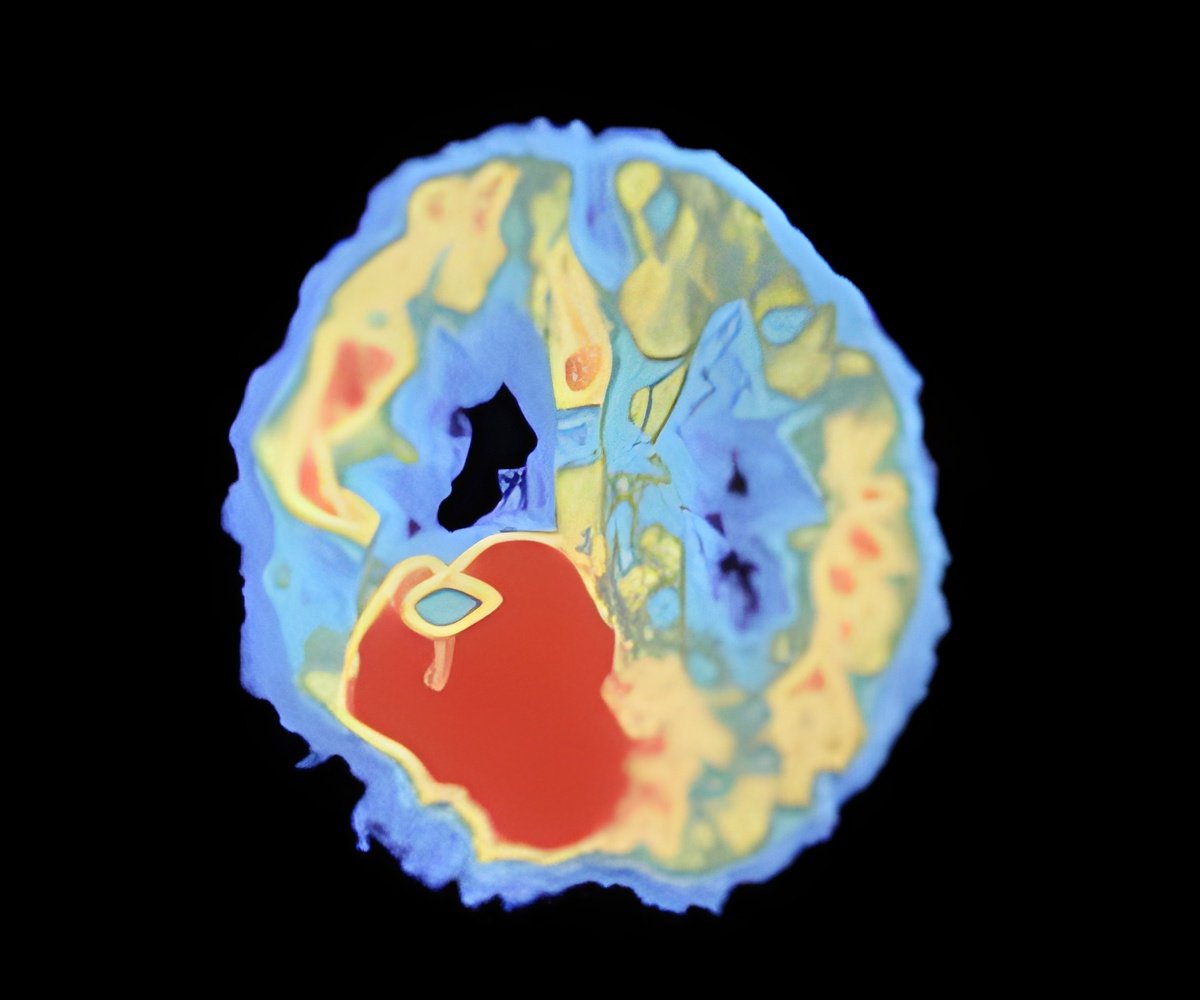Alzheimer's disease is characterized by abnormal proteins that stick together in little globs, disrupting cognitive function (thinking, learning,

"After NO is attached to Cdk5, it then jumps like a 'hot potato' to another protein called Drp1, disrupting its function and fragmenting mitochondria, the energy powerhouse of nerve cells. When the mitochondria are damaged, the synapses, which normally require a lot of energy for their function, are destroyed. This scenario disrupts communication between nerve cells, and thus memory and cognitive ability in Alzheimer's disease," said Dr. Lipton, professor and director of Sanford-Burnham's Del E. Webb Neuroscience, Aging and Stem Cell Research Center. Dr. Lipton is also a neurologist who sees Alzheimer's disease patients in his own clinical practice, and is credited with characterizing and developing memantine (Namenda®), the latest FDA-approved drug for Alzheimer's disease.
In the current study, Cdk5 is shown to perform a new function not previously known—the ability to transfer NO from one protein to another. Until now, Cdk5 was only known to influence the function of other proteins by tagging them with phosphate groups in a process known as phosphorylation. The new study shows that the addition of NO sends Cdk5 into overdrive and allows it to also S-nitrosylate other proteins, in this case Drp1 on mitochondria. Most notably, the transfer of NO from SNO-Cdk5 to Drp1 triggers the loss of synapses, the part of a nerve cell that transmits electrochemical signals to other nerve cells. Loss of synapses is known to correlate with the degree of cognitive decline in Alzheimer's disease.
Source-Eurekalert















